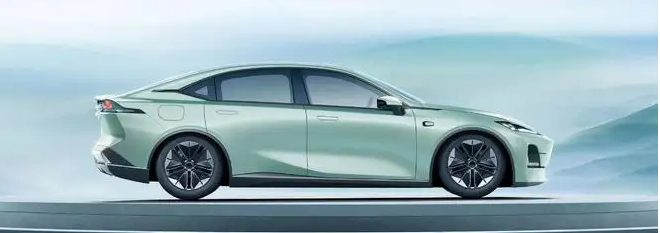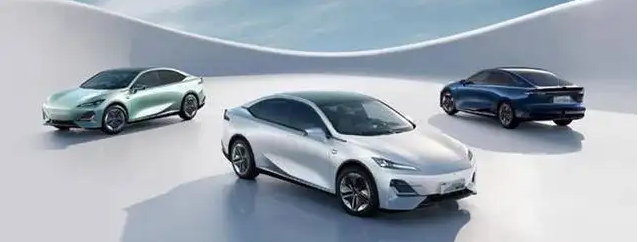Article Written by | Zhou Mianwu
Editor | Leng Zelin
In 2022, four new energy vehicles priced at around 200,000 yuan have garnered the most attention. BYD Dolphin and Zéro RUN C01 have already started pre-sales, while NETA S and Deep Blue SL03 are expected to start pre-sales in June or July.
Zéro RUN C01 is available for 0 yuan pre-sale, indicating a lack of confidence. BYD requires a deposit of 2,000 yuan, and 20,000 vehicles were reserved in less than 8 hours. According to feedback from some 4S stores, the Dolphin may sell 20,000 vehicles per month.
According to Deng Chenghao, CEO of Chang’an New Energy, the goal for the Deep Blue SL03 is to begin delivery in August, with over 10,000 deliveries in September.

If this is true, it will break the record of the fastest car to reach 10,000 sales by a new brand set by the WEN Jump M5.
It is currently reported online that the SL03 version is priced between 152,800 and 239,800 yuan, and the NETA S is priced between 220,000 and 280,000 yuan.
If it is true, the SL03 will be the cheapest of the four models this year, and it will also match the approximate level of the products.
The hydrogen version of SL03 is extremely conceptual, and it is interesting that the pure electric mileage of the hydrogen version is 200km, the same as the plug-in hybrid version, which means it can be used as a toy as long as there is a home charging station.
However, in terms of hydrogen refueling prices and convenience, it is still easy to make people feel that it is more for a chat gimmick. Considering that the various Japanese companies that invested heavily in hydrogen energy before have basically gone all in on electric vehicles, it is really difficult to imagine where the unique value point of SL03 hydrogen energy version lies.
The SL03 has two external discharge modes. One is VTL (Vehicle to Load), which discharges externally through the slow charging port, with a power of 3 kW, which can meet common camping needs. Deep Blue also plans to develop a camping-specific kit and has a special camping mode. The other is VTV (Vehicle to Vehicle). Under the support of a dedicated fast charging gun, the plug-in hybrid version can supply energy for other electric vehicles, with a power of 17.5 kW. The application scenario is the serving electric team of Deep Blue, which provides emergency energy supply for pure electric vehicle users.

Overall, it can be seen that the discharge mode of the SL03 fully considers the user’s camping needs and worries that some users will completely run out of battery and cannot charge it.The size of the SL03 is roughly equivalent to that of the XPeng P5, and if it has similar interior space performance, it is indeed suitable for camping.
Nowadays, it is quite common for new car models to have external power outlets, but the popularity of 220V sockets is not yet common. Currently, the SL03 does not have it, and Deng Chenghao’s explanation is that it is inconvenient to access as it requires opening the trunk during the design process.
Regarding the chassis performance of the Deep Blue SL03, some media have already evaluated it and it may be able to provide a superior chassis handling performance of up to RMB 150,000.
Overall, in 2019, the handling of new energy vehicles was generally weaker than that of gasoline vehicles in the same price range.
In 2021, the Jikua 001 brought a brand-new level of chassis handling for 300,000-level new energy vehicles. In 2022, there are already voices saying that the IM L7’s chassis is stronger than the Jikua 001, and the NIO ET7’s chassis has made huge progress compared to NIO’s previous cars.
Photon Stay Operations maintains its previous judgment that charging capability is currently the last weak point of new energy vehicles compared to gasoline vehicles. The SL03 still cannot experience full-scene charging as well as gasoline vehicles.
However, for many urban users, the convenience of being able to acquire energy through State Grid in the city has reached an acceptable level.
According to the news released, the main concerns of the first batch of test drive users are in two areas: the interior is not attractive, and the hardware of the cars delivered in the first batch may not support higher-level ADAS functionality.
The exterior, power, and handling were all satisfactory.
Photon will be attentive to these two points for improvement in the mass-produced car after the official release.
This article is a translation by ChatGPT of a Chinese report from 42HOW. If you have any questions about it, please email bd@42how.com.
